1. Spaghetti Warehouse
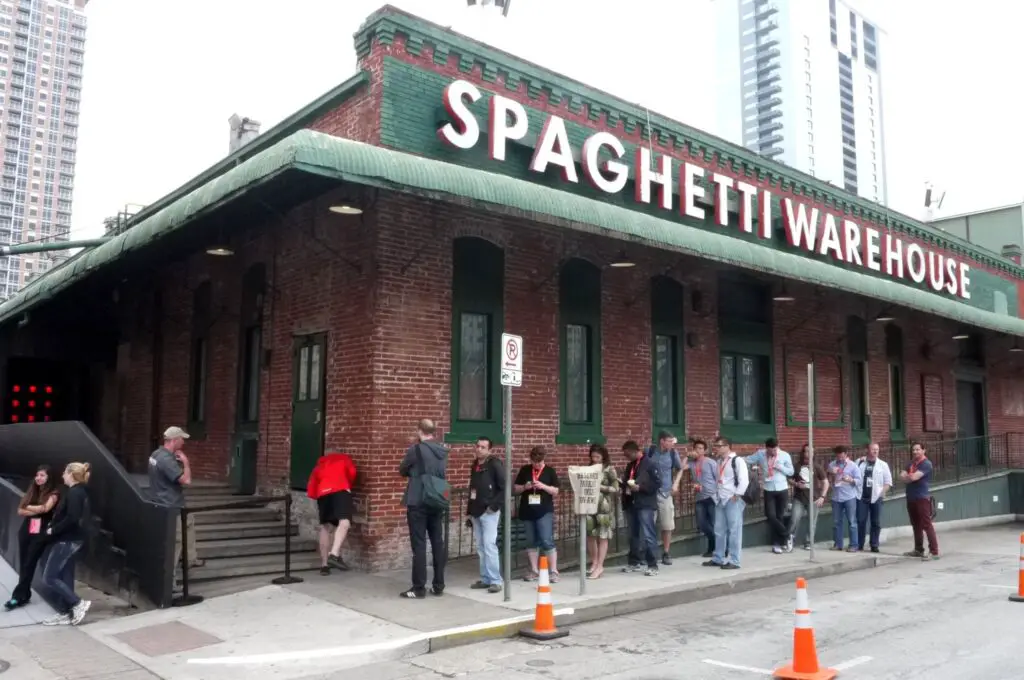
Spaghetti Warehouse was all about the spectacle. This restaurant chain, which once boasted locations across the U.S., built its charm on quirky, themed dining experiences. Patrons could enjoy their pasta while sitting inside old trolley cars—yes, actual ones—converted into dining rooms. It wasn’t just about the food but about immersing yourself in a vintage atmosphere, like stepping back in time to an old-world setting says Yahoo.
What made it even more unique was the “Famous Warehouse Trio,” which was a three-for-one deal that encouraged customers to load up on pasta, meatballs, and bread. The kitschy décor was one thing, but the trolley car seating really added to the oddity. For many, it was an experience to remember, with the food coming second to the novelty of dining in a train car. While Spaghetti Warehouse has mostly disappeared, its combination of food and theatricality still lingers in the minds of those who dined there.
2. Pizza Hut’s “The Bigfoot”
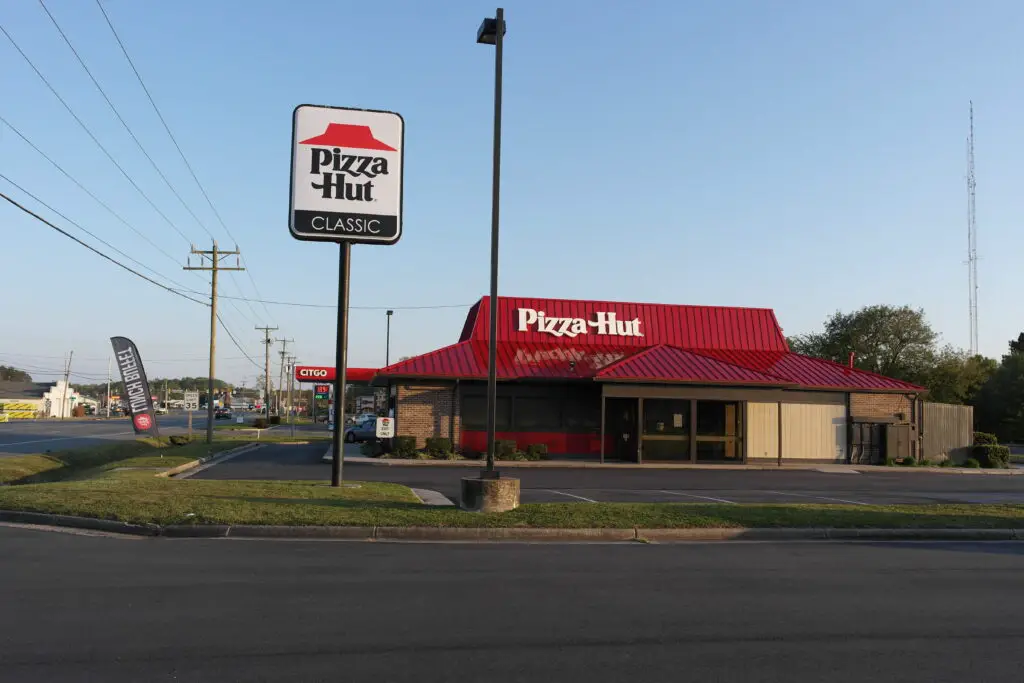
Remember The Bigfoot? Pizza Hut introduced it as one of their most outlandish menu items. Essentially, it was a gigantic pizza that could feed a small army. The pizza was known for its extra-large size—topped with multiple layers of cheese and an obscene amount of toppings—creating an almost cartoonish appeal. But the true gimmick was the sheer scale: it was bigger than most pizza boxes!
This product was a huge hit with families and parties, who marveled at its size, and the name itself was a fun nod to the mythical creature, underscoring the larger-than-life nature of the offering. Pizza Hut marketed it like a novelty item, the kind of food challenge you’d order just to say you’d conquered it. It didn’t last long, but for those who tried it, The Bigfoot will be remembered as one of the most ridiculous (and delicious) ideas ever adds KTEM AM.
3. The Elf Café’s “Dinner with an Elf”
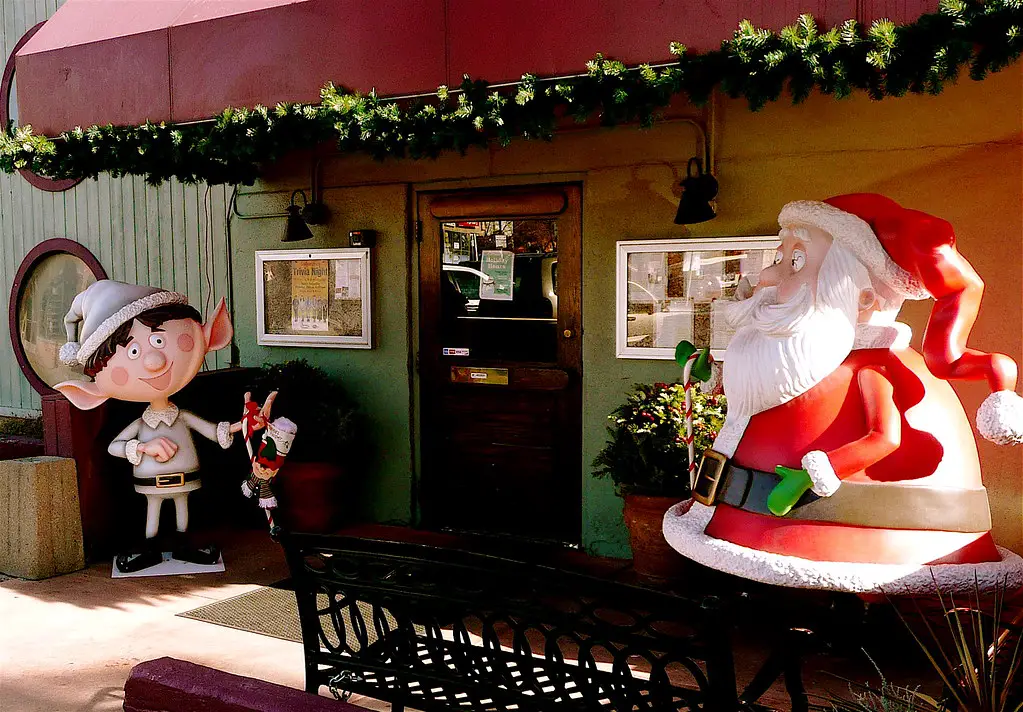
The Elf Café, an oddball chain in the ‘90s, had a gimmick that mixed fantasy with dining. For a limited time, customers could enjoy a full meal alongside a staff member dressed as an elf. Picture yourself munching on pasta and soup while an elfin figure added magic and whimsy to the experience. The whole idea was to make dining feel like an otherworldly event, as if you’d stepped into a fantasy novel shares Time Out Worldwide.
The elf wasn’t just a cute character—it was a part of the full experience. The servers spoke in magical riddles, making even the most basic order feel like a spell being cast. While this idea didn’t last, it was a favorite for children and families seeking something that was a bit out of the ordinary. The Elf Café didn’t take itself too seriously, and that made it all the more fun.
4. The Original Gino’s Hamburgers
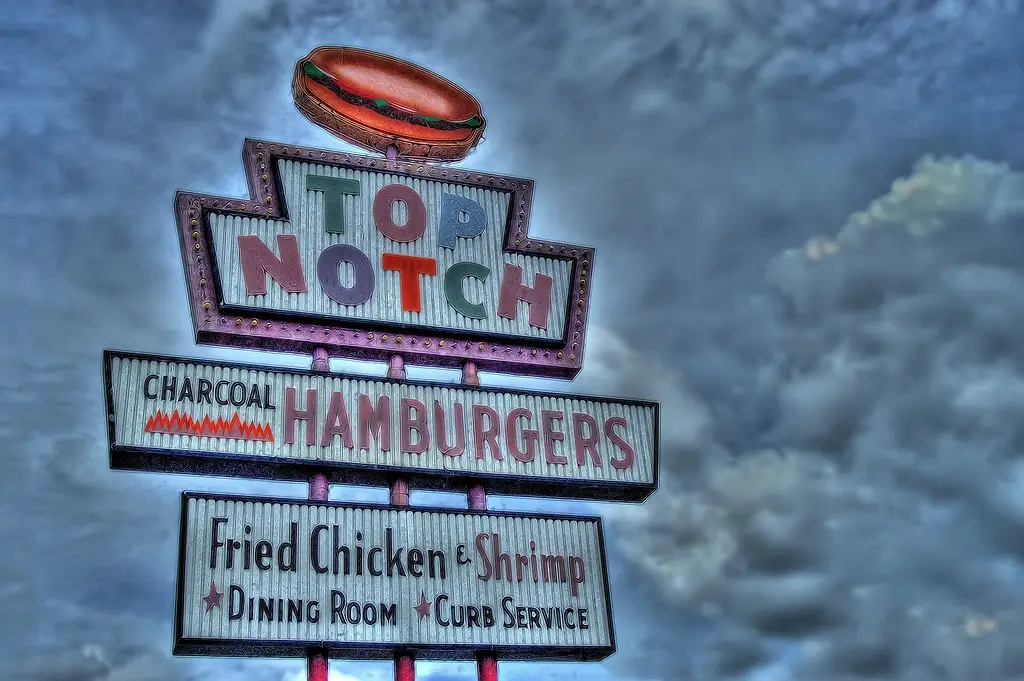
Gino’s Hamburgers was one of those fast-food chains that went all in on a unique marketing gimmick—and it worked for a while. The chain, founded by football legend Gino Marchetti, had an unusual claim to fame: its burger mascot was a giant, smiling hamburger. The mascot was often seen in ads and at locations, drawing in customers who were curious about the oversized, anthropomorphic burger.
What made Gino’s even stranger was its attempt to stand out in a sea of fast food joints by serving a burger that came with a hefty side of fun. It was the first major chain to market its burgers with a pop culture twist, combining football (with Gino’s own involvement) and a catchy mascot to grab attention. While Gino’s never became a nationwide phenomenon like McDonald’s or Burger King, its quirky mascot and novelty menu items were enough to keep a loyal following for a short period. Ultimately, the chain faded, but for those who experienced it, the idea of eating at a restaurant where the burger was the star mascot remained a curious, nostalgic memory.
5. The Magic Pan
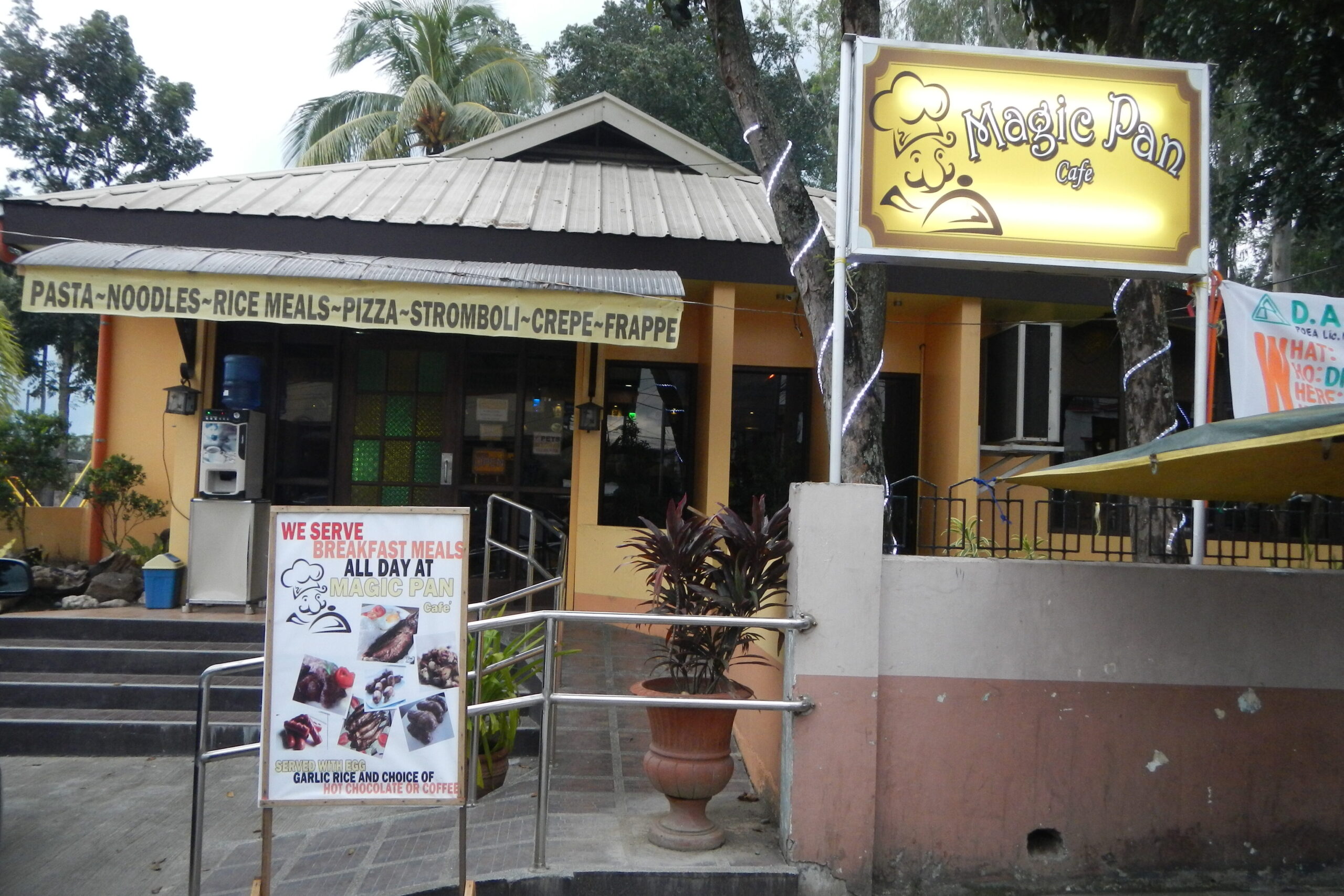
The Magic Pan tried to bring a little magic into the kitchen with its unique concept: crêpes. The chain featured open kitchens where customers could watch their crêpes being prepared in front of them. It wasn’t just about the food; it was about the performance, as chefs would entertain guests with a little flair while they whipped up the delicious French pancakes.
In the 1970s, this was considered revolutionary—watching the food being prepared right before your eyes was a novelty. The chain boasted an almost carnival-like atmosphere, where food was more about the experience than the taste. Unfortunately, despite its whimsical approach, The Magic Pan couldn’t stay afloat in the changing dining landscape, but for a time, it was the place for crêpe lovers and show seekers.
6. Johnny Rockets’ “Jukebox Dining”

Johnny Rockets, a beloved 1950s-style diner, turned up the volume with its musical gimmick. Instead of a traditional menu, the restaurant made dining a full-on interactive experience by offering customers a chance to control the music via a jukebox at their table. Not just any jukebox, though—it was a device that let you pick songs for the entire restaurant.
This made it feel like you were part of a lively, nostalgic diner experience, where the music was just as important as the burger. Staff in retro uniforms would get into the groove, dancing and singing along when the right tunes played. Johnny Rockets capitalized on the fun atmosphere, combining food with entertainment. The quirky part? You didn’t just choose your own music; you could change the vibe of the entire place, turning an ordinary meal into an impromptu dance party.
7. Big Boy’s “The Big Boy Statue”
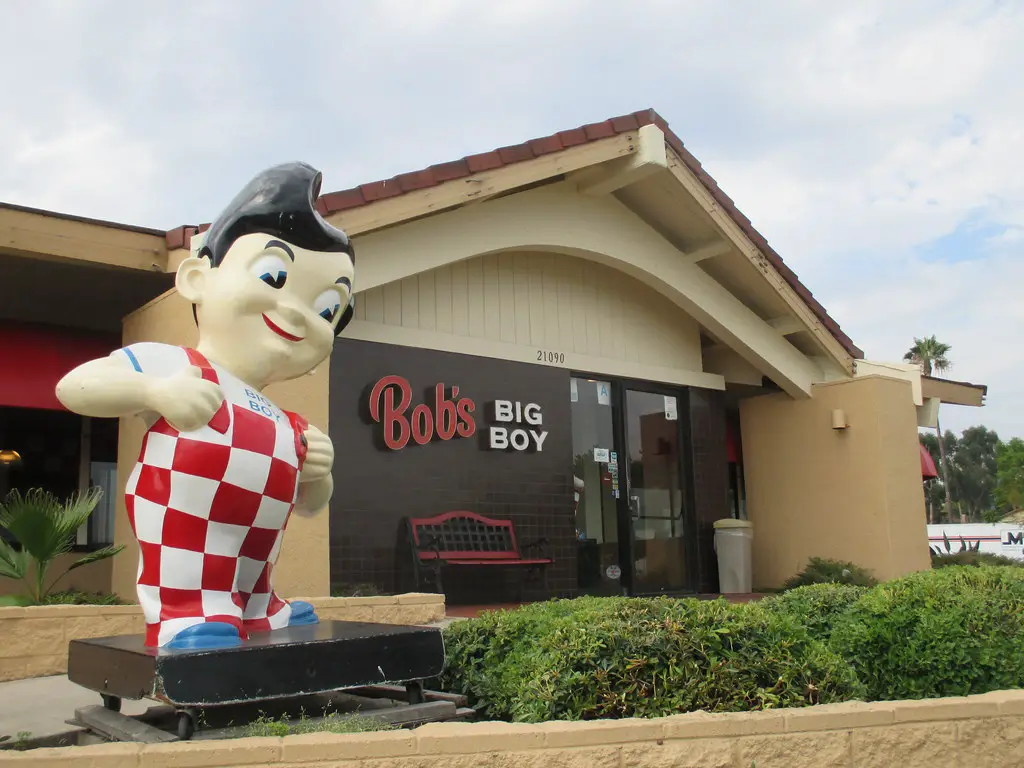
Big Boy, the iconic chain of diners, went a little overboard with its mascot: a giant statue of Big Boy himself. These larger-than-life sculptures stood in front of many of their locations, beckoning customers to come in and indulge in their signature burgers. It was a gimmick that made the chain instantly recognizable, as the statues often had an odd, almost surreal quality to them.
Big Boy became synonymous with the statue, with some customers associating the food with the larger-than-life mascot. It was common for kids to want to take photos next to the statues, making it a family-friendly photo opportunity. While the statues were eventually phased out, they remain a nostalgic relic of fast food history—one that turned an everyday chain into a cultural icon.
8. The Hungry Bear’s “Drive-Thru Dining”
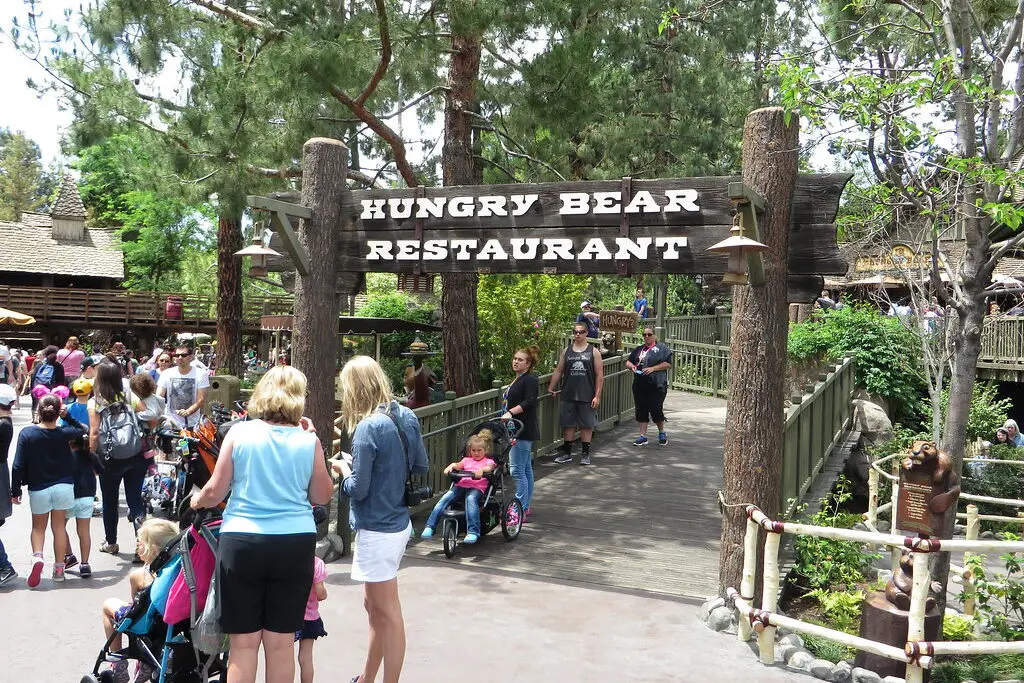
The Hungry Bear was an early pioneer in the fast food game, offering a strange combination of drive-thru dining and a full-service experience. What made it so unique was the fact that it allowed customers to eat their meal while staying inside their cars, but with an elevated level of service. Instead of a quick, impersonal exchange, waiters would deliver the food to the car with restaurant-style service, complete with trays.
This hybrid dining style was a precursor to the more standard drive-thru systems we use today but with an emphasis on comfort and leisurely meals. Patrons could still experience full-service restaurant dining without having to leave the comfort of their car. The idea didn’t catch on in the long run, but it was an interesting early attempt to mix convenience with sit-down service.
9. Medieval Times’ “Dinner and Tournament”
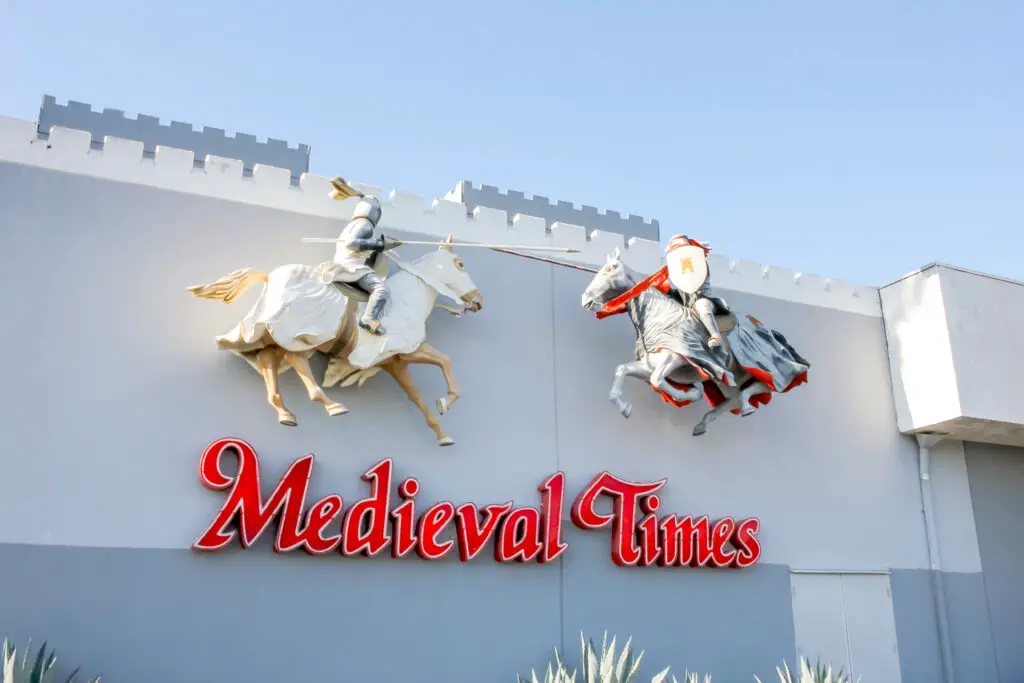
Medieval Times, known for its extravagant dinner-theater shows, took dining to a whole new level by combining it with medieval-style jousting tournaments. Guests were seated at long, rustic tables where they dined on a hearty meal of roasted chicken and potatoes—no silverware allowed. But the real draw wasn’t the food; it was the immersive spectacle.
Servers dressed as knights and princesses brought food to the tables as guests cheered on their favorite knight during the jousting match. The experience felt like you were attending a royal banquet in the Middle Ages, and the show added a layer of excitement to the meal. Medieval Times wasn’t just about eating; it was about being part of a live-action fantasy story. The medieval feast and dramatic performances made for an unforgettable evening.
10. Rainforest Café’s “Rainforest Experience”
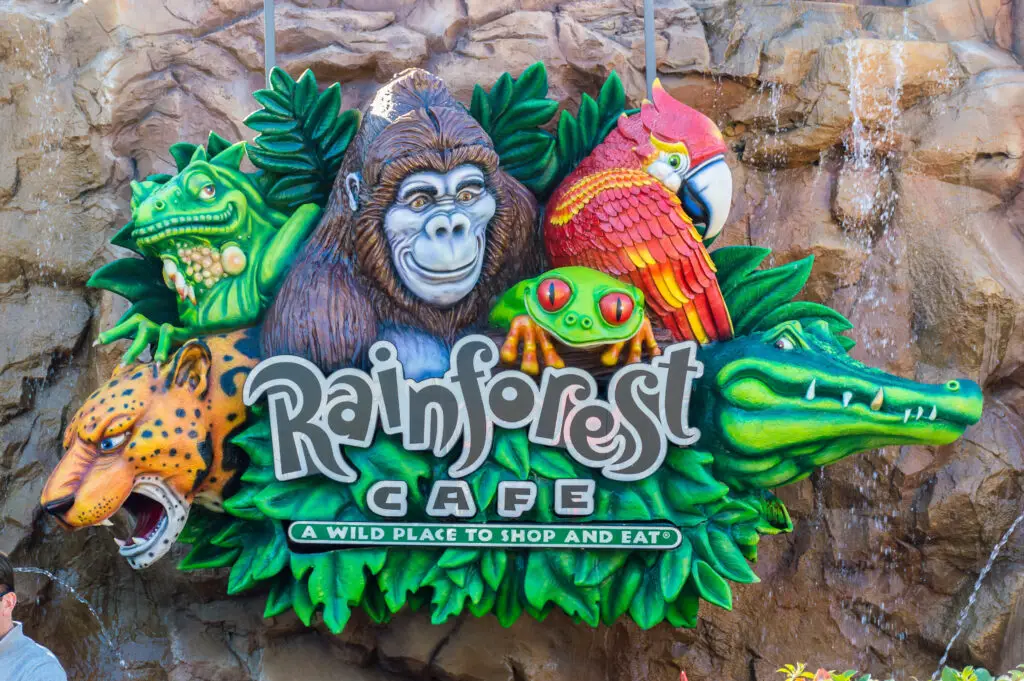
Rainforest Café took the gimmick concept to another level with its immersive rainforest theme. Customers dined inside a simulated tropical jungle, complete with animatronic animals, waterfalls, and thunderstorms. It felt like a true adventure just to step inside. The restaurant even made noises like animal roars and thunder to complete the atmosphere.
The food was secondary to the experience, and for many families, it was less about the meal and more about the thrill of dining with “wildlife” all around. Every corner of the space had something that felt interactive, whether it was a moving elephant or a waterfall cascading from the ceiling. While the food wasn’t groundbreaking, the novelty of eating in a simulated rainforest made Rainforest Café a popular choice for kids and adults alike.
11. Bennigan’s “The Monte Cristo Sandwich”
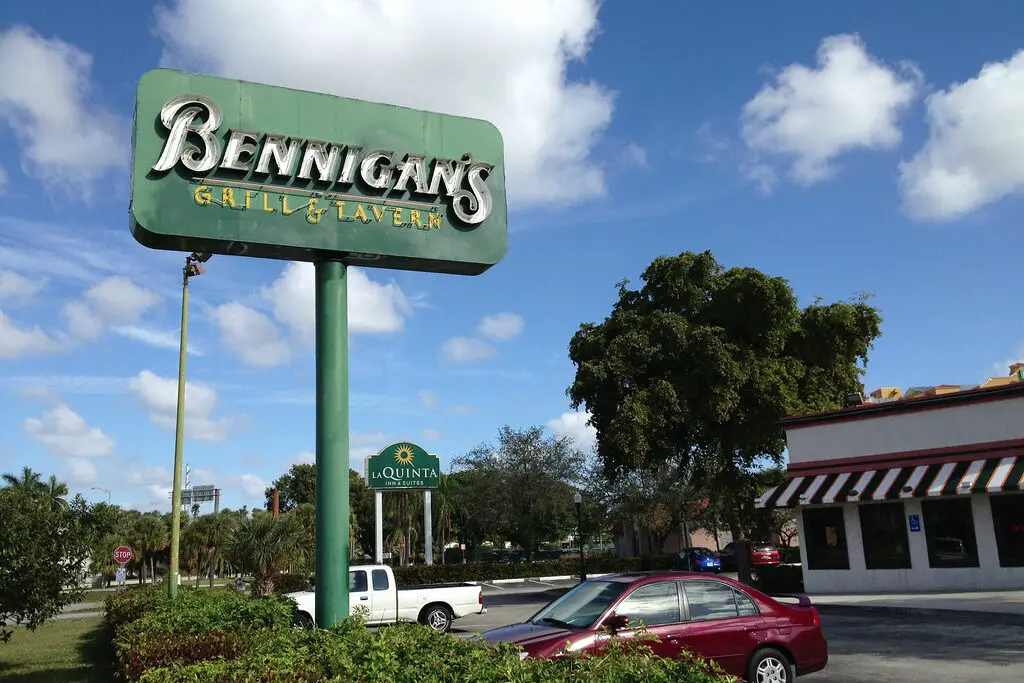
Bennigan’s Monte Cristo Sandwich was a bizarre yet beloved item on its menu. Think of it as a deep-fried hybrid of a sandwich and a donut, combining ham, turkey, and cheese between two slices of bread, then deep-fried until golden. It was served with powdered sugar sprinkled on top, making it a strange, sweet-savory combo that could confuse your taste buds.
What made this sandwich even more of a gimmick was the fact that it became a signature item. People didn’t just go to Bennigan’s for a meal—they came for the Monte Cristo. It was the kind of dish you’d order just because it seemed like a quirky, indulgent thing to try. Even though Bennigan’s has faded, the Monte Cristo remains a memorable (and somewhat bizarre) part of its legacy.
12. Howard Johnson’s “The Orange Roof”
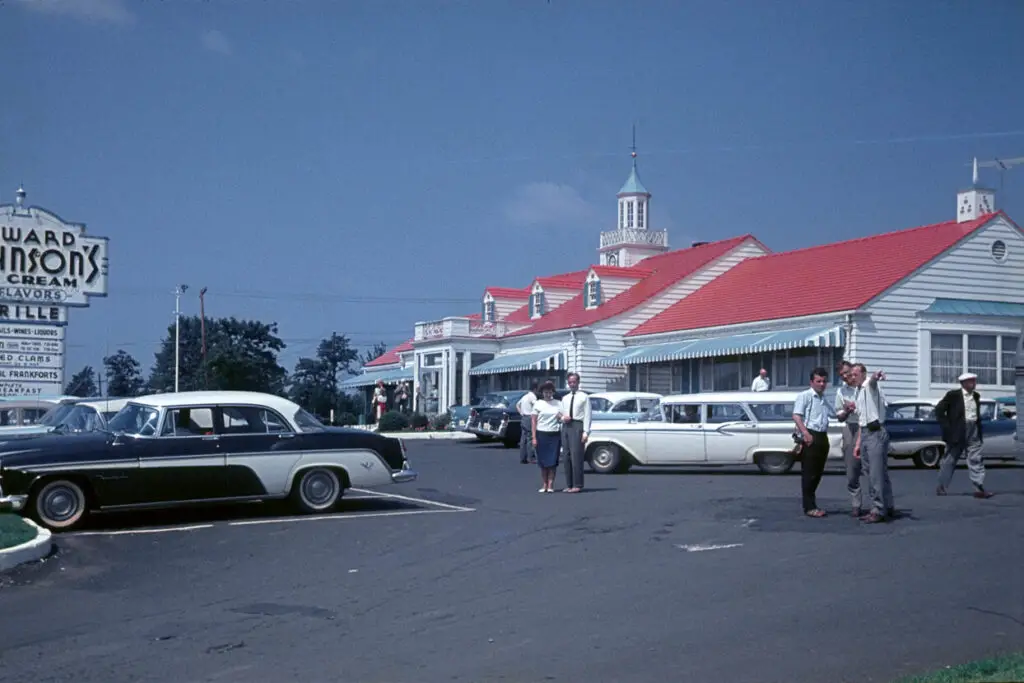
Howard Johnson’s, a well-known restaurant chain in the mid-1900s, made its mark with a gimmick that was more about visibility than food: the iconic orange roof. This vibrant, bold design made the restaurants impossible to miss, especially when traveling on highways. It became a symbol of comfort food and roadside dining during a time when traveling across the U.S. was becoming more common.
The orange roof wasn’t just for decoration—it was a marketing tactic that helped the restaurant stand out among the competition. While the menu featured classic American dishes, the roof itself was the real star. The design became synonymous with the brand, and to this day, the idea of an orange roof still brings back memories of the simpler days of travel dining.
